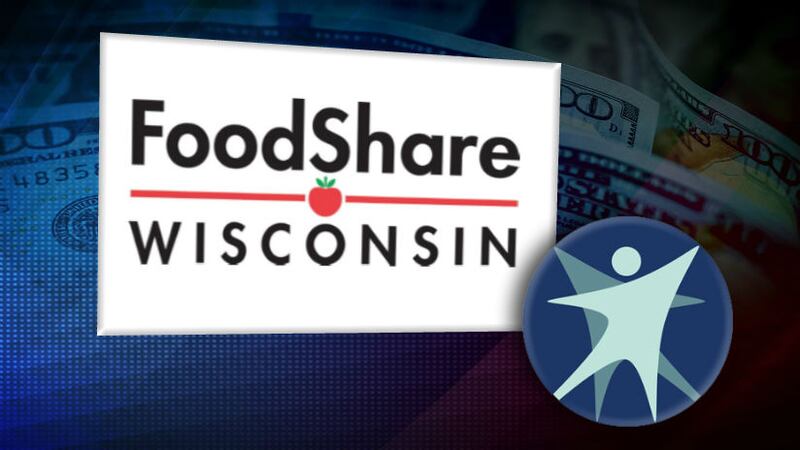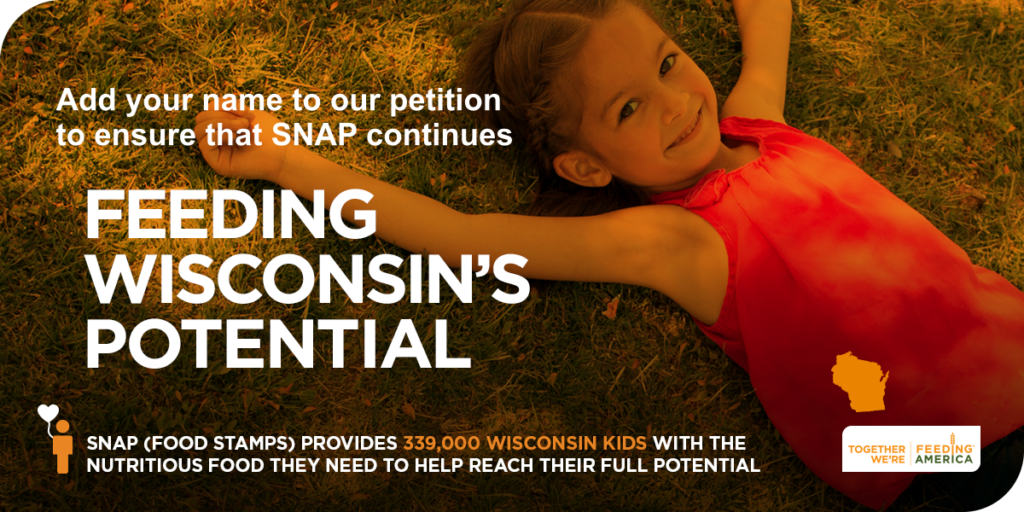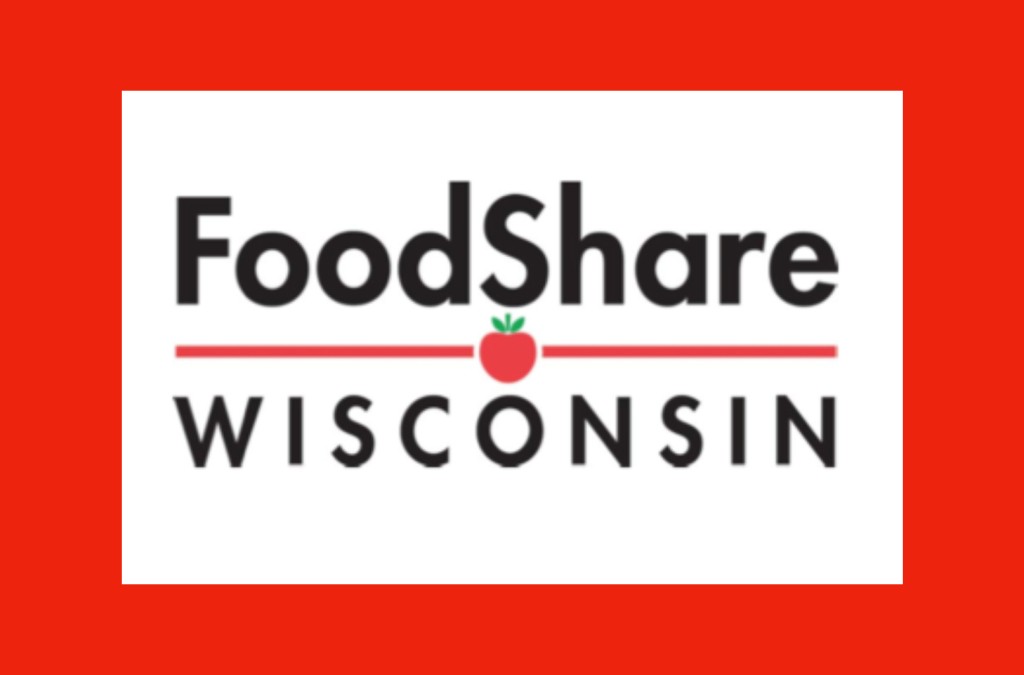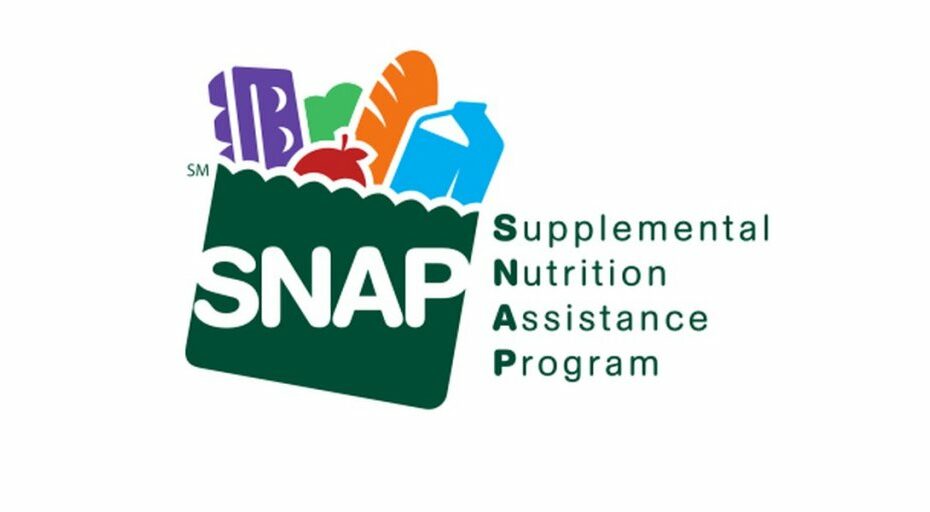The Wisconsin SNAP Eligibility Calculator for 2024 is an important tool for individuals and families to determine their eligibility for food assistance.
The FoodShare Wisconsin, overseen by the Wisconsin Department of Health Services (DHS), provides benefits to households with limited income, helping them to afford nutritious food.
The eligibility criteria are based on factors such as gross monthly income, household size, and federal poverty level (FPL) guidelines.
Here is a comprehensive article that covers the various aspects of the Wisconsin SNAP Eligibility Calculator for 2024.
The Wisconsin SNAP program, also known as FoodShare, is designed to assist low-income individuals and families in meeting their nutritional needs.
The program uses specific eligibility criteria to determine an applicant’s qualification for benefits. One of the key tools for assessing eligibility is the SNAP Eligibility Calculator, which takes into account factors such as income, household size, and federal poverty level guidelines.
Understanding how this calculator works is essential for those seeking assistance through the program.
Wisconsin SNAP Eligibility 2024

The eligibility for SNAP benefits is primarily based on the household’s gross monthly income, the number of individuals in the household, and the federal poverty level (FPL) guidelines.
The FPL is issued annually by the Department of Health and Human Services and is used to determine the eligibility for many federal and state assistance programs, including SNAP.
Gross Income Limits SNAP Wisconsin

What is the monthly income limit for food stamps in Wisconsin? As of October 1, 2023, through September 30, 2024, the gross income limits for SNAP eligibility in Wisconsin are as follows:
| Household Size | 200% FPL Gross Income Limit | 130% FPL Gross Income Limit |
|---|---|---|
| 1 | $2,430 | $1,580 |
| 2 | $3,288 | $2,137 |
| 3 | $4,144 | $2,694 |
| 4 | $5,000 | $3,250 |
| 5 | $5,858 | $3,807 |
| 6 | $6,714 | $4,364 |
| 7 | $7,570 | $4,921 |
| 8 | $8,428 | $5,478 |
| 9 | $9,286 | $6,035 |
| 10 | $10,144 | $6,592 |
If a household’s gross monthly income is at or below 200% of the federal poverty level, they pass the Gross Income Test and may be eligible for SNAP benefits.
Wisconsin Foodshare Income Limits

The net income limits for SNAP eligibility in Wisconsin for the period October 1, 2023, through September 30, 2024, are as follows:
| Household Size | Net Income Limit |
| 1 | $1,215 |
| 2 | $1,644 |
| 3 | $2,072 |
| 4 | $2,500 |
| 5 | $2,929 |
| 6 | $3,357 |
| 7 | $3,785 |
| 8 | $4,214 |
| Each additional person | $429 |
Changes in Eligibility Requirements
It’s important to note that eligibility requirements for SNAP benefits can change over time. For instance, the work eligibility requirements for the program have been subject to changes, with work requirements being expanded to older age groups. As of October 1, 2024, work requirements will expand to individuals up to age 54. These changes are part of ongoing efforts to ensure that the program is effectively targeted to those most in need.
Wisconsin SNAP Eligibility Criteria
To be eligible for Wisconsin SNAP (Supplemental Nutrition Assistance Program) benefits, applicants must meet the following criteria:
- Residency: Be a Wisconsin resident.
- Citizenship: Be a U.S. citizen or a qualified immigrant.
- Income: Household income must be at or below the monthly program limit.
- Gross Income Limits: Households with gross income up to 200% of the federal poverty level are generally eligible.
- Net Income Limits: Net income must be within the limits for the household size.
- Asset Limits: There is no asset limit for households with a member who is 60 or older or has a disability. For other households, the asset limit is $4,250.
- Work Requirements: Able-bodied adults without dependents (ABAWDs) aged 18-50 must work a minimum of 20 hours per week or participate in an approved work program.
- Cooperation: Applicants must cooperate in providing the necessary information to determine eligibility for the program.
The Wisconsin SNAP program provides monthly benefits to families with limited income to help pay for the food they need for a nutritionally adequate diet. The benefits are based on a household’s net income, with an increase of $100 in net income resulting in a reduction of $30 in benefits.
Wisconsin SNAP Resource Limits
The Wisconsin SNAP (Supplemental Nutrition Assistance Program) has no asset limit for households with a member who is 60 or older or has a disability. For other households, the asset limit is $4,250.
The net income limits for SNAP eligibility in Wisconsin for the period October 1, 2023, through September 30, 2024, are as follows:
| Household Size | Net Income Limit |
|---|---|
| 1 | $1,215 |
| 2 | $1,644 |
| 3 | $2,072 |
| 4 | $2,500 |
| 5 | $2,929 |
| 6 | $3,357 |
| 7 | $3,785 |
| 8 | $4,214 |
| Each additional person | $429 |
The gross income limits for SNAP eligibility in Wisconsin for the period October 1, 2023, through September 30, 2024, are as follows:
| Household Size | 200% FPL Gross Income Limit | 130% FPL Gross Income Limit |
|---|---|---|
| 1 | $2,430 | $1,580 |
| 2 | $3,288 | $2,137 |
| 3 | $4,144 | $2,694 |
| 4 | $5,000 | $3,250 |
| 5 | $5,858 | $3,807 |
| 6 | $6,714 | $4,364 |
| 7 | $7,570 | $4,921 |
| 8 | $8,428 | $5,478 |
| 9 | $9,286 | $6,035 |
| 10 | $10,144 | $6,592 |
Each additional member adds $429 to the gross income limit for households not containing a member who is 60 or older or has a disability.
The Wisconsin SNAP program provides monthly benefits to families with limited income to help pay for the food they need for a nutritionally adequate diet. The benefits are based on a household’s net income, with an increase of $100 in net income resulting in a reduction of $30 in benefits.
How to Apply for SNAP in Wisconsin?
Wisconsin residents can apply for SNAP benefits online, by mail, fax, or in-person.
Online – Submit application online via ACCESS Wisconsin portal
Mail/Fax – Download application form and submit by mail or fax to local agency
In-person – Visit the local county agency or outreach office
Applicants must complete an interview with a caseworker as part of the application process. Required verifications such as identity, income, resources etc. must also be provided.
Download FoodShare Wisconsin application
Most SNAP applications require a 7-day processing time. Eligible households typically get SNAP within 30 days of application date. Benefits are deposited into the Wisconsin Quest Card on a monthly basis.
Using the Wisconsin SNAP Calculator
Follow these easy steps to use the Wisconsin SNAP Calculator:
- Visit https://www.benefits.gov/benefit/1564
- Enter Zip Code – Provide the zip code where you reside in Wisconsin
- Household Information – Add household members, age, relationship, disability status
- Income – Enter gross monthly income for each household member from all sources
- Resources – Add cash on hand, bank accounts, property/home, and vehicle information
- Expenses – Enter monthly amounts for housing, utilities, medical bills, childcare/dependent care
- Submit – Review all entered information and submit
- Results – The results page will show estimated eligibility status and approximate monthly SNAP benefit.
Be sure to provide accurate details in the SNAP calculator to get a realistic assessment of potential eligibility and benefits. The calculator aims to give a close approximation but the final eligibility decision lies with the state department.
Maximum Benefits Wisconsin SNAP
SNAP benefits are provided on a monthly basis through the Wisconsin Quest Card which works like a debit card. Benefits can be used to purchase eligible food items at SNAP authorized retailers including grocery stores and certain farmers markets.
The monthly SNAP benefit depends on household size and income after deductions. The minimum monthly benefit amount is $20. The maximum allotments for 2024 are:
| Household Size | Maximum Monthly Benefit |
| 1 | $291 |
| 2 | $535 |
| 3 | $766 |
| 4 | $973 |
| 5 | $1,155 |
| 6 | $1,386 |
| 7 | $1,532 |
| Each additional person | $219 |
Foodshare Wisconsin Phone Number
To apply for FoodShare benefits in Wisconsin, you can call the Bay Lake Consortium at 1-888-794-5747 or visit the Wisconsin.gov Access online application portal. You can also apply in person at your local SNAP office or request a paper application by calling 1-888-794-5747. Once you are determined to be eligible for the FoodShare program, you will receive a Wisconsin QUEST card.
The card works much like a debit card to help you make food purchases. To report a lost or stolen QUEST card, and request a replacement card, call EBT Services at 1-877-415-5164. For more information on the FoodShare program, please visit the state of Wisconsin’s Department of Health Services’ webpage.
FAQs
The income limit for BadgerCare in Wisconsin varies depending on the household size and the program. For example, the income limit for a family of four is $51,520 for BadgerCare Plus and $34,480 for BadgerCare Plus Express. The income limits are subject to change and should be verified with the Wisconsin Department of Health Services or the official BadgerCare program resources.
College students in Wisconsin may be eligible for FoodShare benefits if they meet the program’s eligibility requirements. To be eligible, college students must meet the income and asset limits, be a U.S. citizen or a qualified immigrant, and meet other program requirements. College students who are enrolled at least half-time in an institution of higher education may be eligible for FoodShare if they meet certain criteria, such as working at least 20 hours per week or participating in a work-study program. It’s important to note that eligibility requirements may vary based on individual circumstances, and students should contact their local SNAP office or the Wisconsin SNAP hotline at 1-800-362-3002 to determine their eligibility.
To get an EBT (Electronic Benefits Transfer) card in Wisconsin, also known as the Wisconsin Quest Card, you need to apply for FoodShare benefits. You can apply for benefits online at the Wisconsin.gov Access online application portal, in person at your local SNAP office, or by calling the Wisconsin SNAP hotline at 1-800-362-3002. Once approved, you will receive your Wisconsin Quest Card in the mail, which is used to access your FoodShare benefits. The Wisconsin Quest Card is a plastic debit card that looks and works like a credit or debit card. It is loaded with FoodShare benefits and can be used at stores that accept EBT.
In Wisconsin, FoodShare benefits are distributed over the first 15 days of every month, based on the eighth digit of your Social Security Number (SSN). You can check the full deposit schedule to find out which day you will receive your FoodShare benefits
To qualify for FoodShare Wisconsin, your annual household income (before taxes) must be below a certain amount based on your household size. For example, for a household of one, the maximum income level is $29,160 per year, and for a household of eight, the maximum income level is $101,120 per year. The maximum income levels are subject to change and should be verified with the Wisconsin Department of Health Services or the official FoodShare program resources.
To speak to someone at Wisconsin FoodShare, you can call the Wisconsin SNAP hotline at 1-800-362-3002. You can also visit your local SNAP office or contact the Wisconsin Department of Health Services for assistance. Additionally, the Wisconsin FoodShare website provides a list of frequently asked questions and answers, as well as resources for applying for benefits and managing your account.
Low-income people in Wisconsin may be eligible for a variety of benefits, including FoodShare (SNAP), BadgerCare, Medicaid, and other programs. FoodShare provides monthly benefits to help low-income families purchase food, while BadgerCare and Medicaid provide health care coverage for eligible individuals and families. Other programs, such as the Wisconsin Works (W-2) program, provide employment and training services to help individuals find and maintain employment. Eligibility requirements and benefit amounts vary based on individual circumstances, and individuals should contact their local SNAP office or the Wisconsin Department of Health Services for more information.
Conclusion
The Wisconsin SNAP Eligibility Calculator for 2024 is a vital tool for individuals and families to assess their eligibility for food assistance. By understanding the eligibility criteria, income limits, and changes in requirements, applicants can make informed decisions about their potential eligibility for SNAP benefits.
